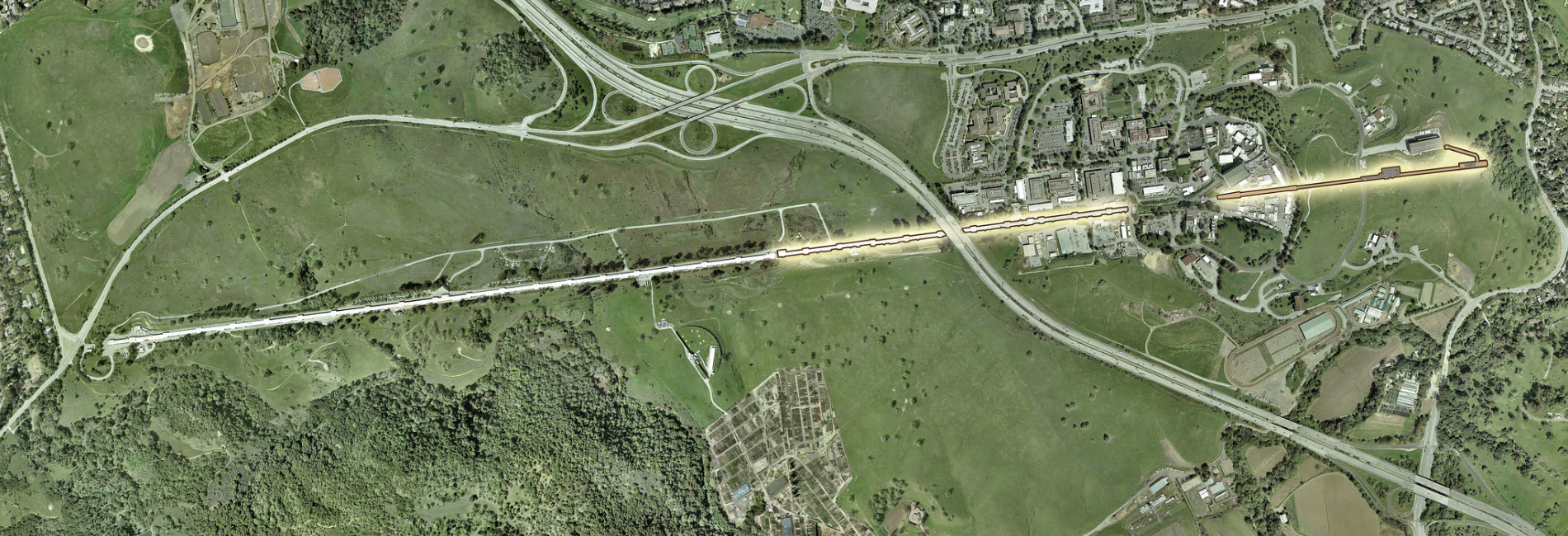IoT to Help the Stanford Linear Accelerator Beam Keep Going for the Next 50 Years
Re-posted from the Microsoft News Center
Over its 50-year history, research conducted at the SLAC (Stanford Linear Accelerator Center) has led to the discovery of matter’s fundamental building blocks and unveiled insights into the origin of the universe and the nature of dark energy. The work at SLAC has also helped scientists discover new drugs, new materials and new ways to produce clean energy. Six scientists at the center have been awarded Nobel Prizes.
The SLAC National Accelerator Laboratory, nestled in the hills west of Stanford University, is the longest and straightest building in the world – a two mile long particle accelerator built in the 1960s.
After decades running the facility, SLAC’s laboratory setup is finely tuned, but unexpected outages do occur. To ensure continued operation of this critical scientific resource, SLAC is exploring the Internet of Things (IoT). The team is working on a future plan to take data from all intelligent sensors that monitor the SLAC systems and feed the data into the cloud where it can be processed, analyzed and delivered back to engineers who can then take action before potential failures occur.
SLAC is working with Microsoft Open Technologies, Azure Event Hubs and Azure Machine Learning to integrate the facility’s diverse array of sensor formats into the cloud and perform real-time analysis on it to obtain actionable insights.
Essentially, the SLAC team is using IoT to “listen to the machine”, and teaching the machine to communicate back with engineers, to report on its symptoms well ahead of any problem. It’s all in the name of science, and keeping the SLAC particle accelerator beam going for the next 50 years.
Learn more about the SLAC story at this link or by clicking the image below.
Illustration of an experiment at SLAC to reveal how a protein from photosynthetic bacteria changes shape in response to light. (Photo courtesy SLAC.)
ML Blog Team

